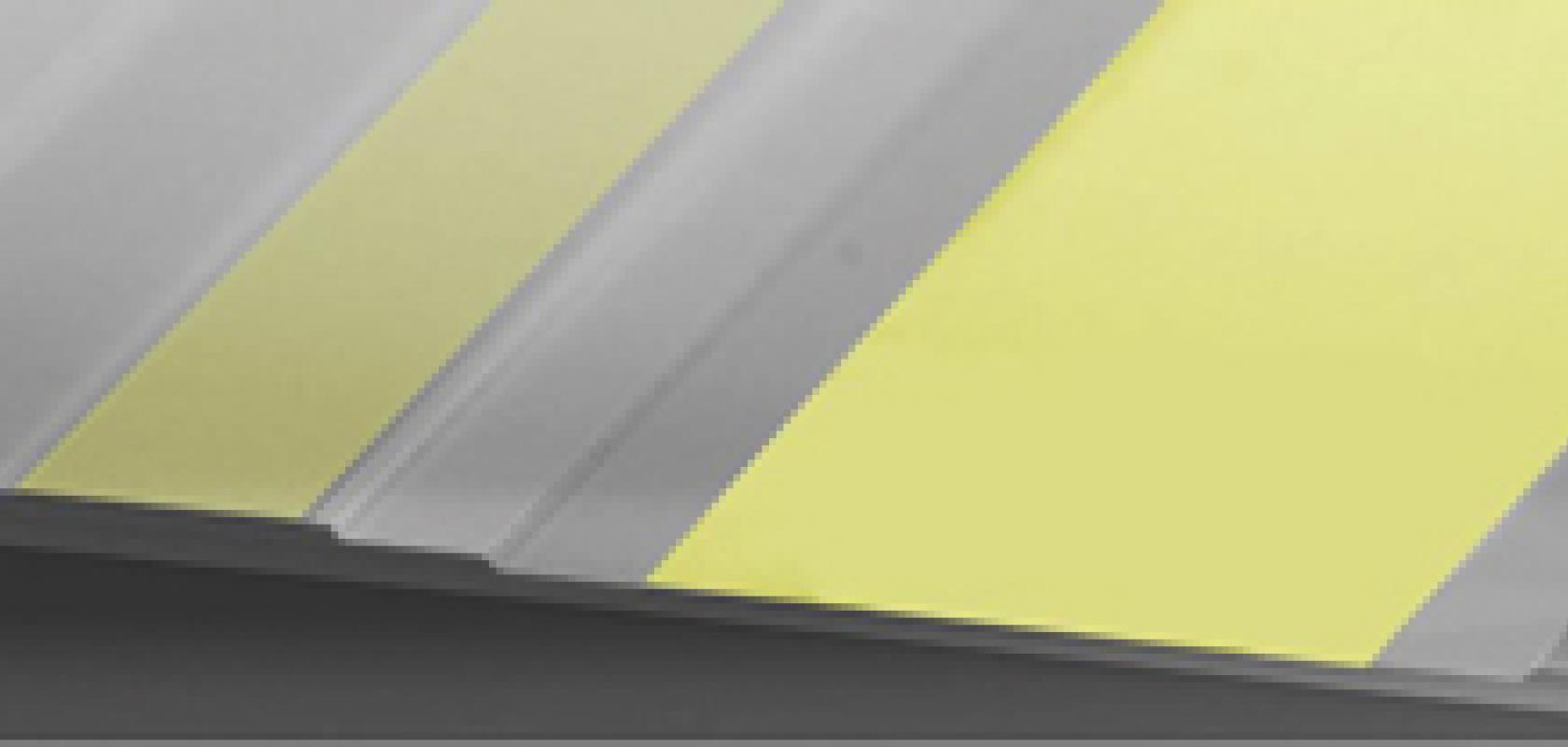Researchers from the UK have demonstrated the first-ever reliable laser grown directly on a silicon substrate. The breakthrough, published in Nature Photonics in March, could pave the way for silicon-based photonic-electronic integration and enable faster optical communications and electronics.
The electrically driven 1,300nm laser was developed by scientists from University College London (UCL), Cardiff University and the University of Sheffield, funded by the UK Engineering and Physical Sciences Research Council (EPSRC).
As data rates continue to rise and electronics systems become ever more complex, transferring data through conventional copper electrical interconnects is becoming harder and less effective.
Silicon is the most widely used material for the fabrication of active devices in electronics. Scientists have long sought the development of optical interconnects for use with silicon electronics, forming the research field of ‘silicon photonics’.
However, silicon’s indirect band gap structure makes it extremely hard to realise an efficient silicon-based light source.
The UCL team managed to overcome this difficulty by developing special dislocation filtering layers, together with a quantum dot laser gain layer.
And, unlike previous attempts at growing lasers on a silicon substrate, the research has resulted in lasers with commercially favourable properties: a low threshold current density of 62.5A/cm2, a room-temperature output power exceeding 105mW, lasing operation up to 120ºC, and more than 3,100 hours of continuous-wave operating data collected.
‘Our works on defect filter layers and III-V quantum dots have enabled us to create the first practical laser on a silicon substrate, with an extrapolated lifetime exceeding 100,000 hours. This work will lay the foundation for reliable and cost-effective silicon-based photonic-electronic integration,’ said Professor Huiyun Liu, leader of the epitaxy research that enabled the creation of these lasers in UCL Electronic and Electrical Engineering.
For the research published in Nature Photonics, the lasers were grown on three-inch silicon wafers. However, there would be no intrinsic difficulty in enlarging the wafer scale, according to Alwyn Seeds, Professor of opto-electronics and head of UCL’s Department of Electronic and Electrical Engineering. In fact, scaling up the devices would be much easier compared with compound semiconductor substrates, he explained: ‘Compound semiconductor substrates – such as gallium arsenide, or indium phosphide – are much more brittle than silicon, and that’s why [scientists] have never engineered them to large wafer diameters, because the wafer becomes so brittle and fragile that in handling it for production it would simply shatter.
‘With silicon, you can go up to 12, 15 inches and more in diameter, because silicon is an extremely strong material, and you can get that scale up advantage for this type of laser grown on silicon also.’
Scientists have previously tried to grow light sources, in particular semiconductor lasers, directly onto silicon, but these lasers suffered with low efficiencies and short lifetimes. The reason for these poor features is that the large differences in crystal lattice constant between silicon and compound semiconductors create dislocations in the crystal structure, explained Seeds.
‘As a material, silicon does not emit light efficiently, so you need to combine it with some other material system in order to make an efficient laser. The problem is that the best materials for making electrically-pumped lasers are compound semiconductors, and their crystalline lattices are completely different in properties and dimensions from silicon,’ he said.
‘Therefore, if you try to put those materials on top of silicon, you cannot grow a satisfactory crystal, and unless the crystal structure is exceedingly perfect, you will not get efficient light emission,’ he added.
Initially, Professors Liu and Seeds envisage the silicon-based lasers benefitting optical communications, and then moving into a wider range of applications including computing: ‘If you look at data centre applications, you need a lot of interconnects at data rates of up to 100 gigabytes per second, and the transceivers that go from the electrical to the optical domain are relatively expensive. By using this type of laser technology you can reduce the cost of those.’
‘So, I think we will see this technology used within those types of applications within optical communications, and then gradually – probably over a period of 10 to 15 years as the technology develops and gets cheaper – into shorter and shorter range applications, such as making chip-to-chip interconnects [for computing].’

